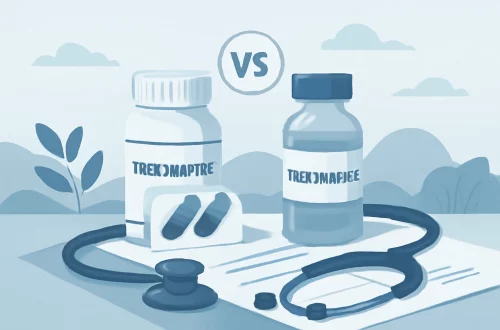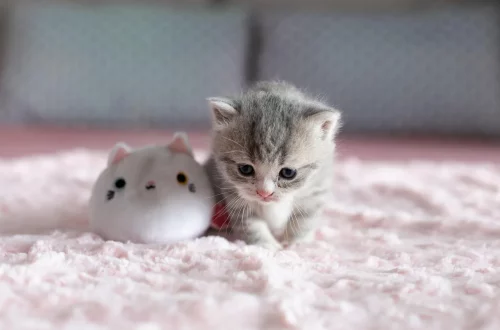
Exploring the Fascination with Big White Dick Pics in Online Culture
The internet has transformed how we communicate, share, and express ourselves in ways that were unimaginable just a few decades ago. One of the most intriguing aspects of online culture is the phenomenon of sharing explicit images, particularly those that challenge traditional norms and provoke strong reactions. Among these, “big white dick pics” have become a curious focal point, sparking discussions about masculinity, body image, and the complexities of consent in the digital age.
As we delve into this topic, it is essential to recognize the broader implications of such exchanges. The act of sending and receiving explicit images can be seen not only as a form of sexual expression but also as a reflection of societal attitudes toward sexuality, race, and power dynamics. In an era where social media platforms and messaging apps dominate our interactions, the allure of these images raises questions about the motivations behind their circulation and the cultural narratives they perpetuate.
This exploration reveals not only the fascination with these images but also the potential consequences for those who engage in this behavior. It invites a deeper understanding of how technology influences our perceptions of intimacy and the ways in which we navigate our desires in a hyper-connected world.
The Rise of Digital Sexual Expression
The advent of the internet has created unprecedented opportunities for sexual expression. Online platforms allow individuals to explore their desires and fantasies in ways that were previously limited to private spaces. This shift has led to a surge in the sharing of explicit images, with “dick pics” becoming a notable aspect of this trend.
The phenomenon can be traced back to the early days of the internet when anonymity and accessibility allowed individuals to share content without the same level of scrutiny as in physical spaces. As smartphones became ubiquitous, the ability to capture and share images instantly further fueled this trend. The combination of technology and a culture that often celebrates sexual freedom has led to the normalization of sending explicit images.
However, this rise in digital sexual expression is not without its challenges. The act of sending such images can lead to a plethora of reactions, ranging from excitement to discomfort. The often-overlooked implications of consent, context, and the potential for misuse highlight the need for a more nuanced understanding of the dynamics involved.
Moreover, the cultural narrative surrounding these images often intersects with societal standards of beauty and desirability. The archetype of the “big white dick” serves as a representation of power and privilege in many contexts, complicating the conversation around race, body image, and sexual identity. As these images circulate, they can reinforce stereotypes while simultaneously challenging traditional notions of masculinity.
The rise of digital sexual expression, therefore, reflects broader societal changes and highlights the need for open dialogue about consent, representation, and the impact of technology on our intimate lives.
The Intersection of Consent and Digital Imagery
One of the most critical aspects of sharing explicit images is the concept of consent. In an environment where anonymity can obscure accountability, the boundaries of consent become murky. The act of sending a “dick pic” can often be perceived as a violation of trust, particularly if the recipient did not explicitly agree to receive such content.
In many cases, the sending of unsolicited explicit images has become a widespread issue, leading to discussions about harassment and the need for clearer communication in digital relationships. The prevalence of such behavior underscores the importance of understanding consent in the context of online interactions.
Consent must be enthusiastic, informed, and ongoing, yet the dynamics of digital communication can complicate this principle. For instance, a recipient may feel pressured to respond positively to an unsolicited image, fearing backlash or social repercussions. This imbalance of power can create a toxic environment where individuals feel uncomfortable expressing their boundaries, leading to further complications in the realm of digital intimacy.
The conversation around consent is further complicated by societal expectations and stereotypes associated with masculinity. The portrayal of men as aggressive and assertive in their sexual pursuits can lead to a culture where sending explicit images is seen as a rite of passage. This notion perpetuates harmful ideals that can affect both the sender and the recipient, emphasizing the need for a cultural shift in how we view consent and sexual expression.
As we navigate this landscape, fostering a culture of respect and understanding around consent is essential. Encouraging open conversations about boundaries and desires can help create a healthier digital space for sexual expression, where all parties feel empowered to communicate their preferences without fear of judgment or retaliation.
Impact on Body Image and Masculinity
The fascination with big white dick pics cannot be divorced from broader discussions about body image and masculinity. In a society that often equates size with desirability and power, the depiction of large male genitalia serves as a potent symbol. This imagery can influence perceptions of self-worth and attractiveness, both for those who send the images and those who receive them.
For many men, the pressure to conform to these ideals can lead to feelings of inadequacy and insecurity. The comparison to an unrealistic standard can create a cycle of anxiety and self-doubt, particularly in a culture that frequently celebrates certain body types while marginalizing others. The fixation on size can overshadow other important attributes, such as emotional intelligence, kindness, and compatibility, which are crucial in establishing meaningful connections.
Moreover, the impact of these images extends beyond individual self-esteem. The commodification of masculinity in this manner can perpetuate damaging stereotypes that associate worth with physical attributes. This narrow view of masculinity can alienate those who do not fit the mold, fostering a culture of exclusion and body shaming.
Conversely, the sharing of such images can also serve as a form of empowerment for some individuals, allowing them to reclaim their bodies and sexuality. This duality highlights the complexity of the conversation surrounding body image and masculinity in the context of digital expression.
Ultimately, addressing these issues requires a collective effort to promote body positivity and redefine masculinity in ways that celebrate diversity and authenticity. Encouraging individuals to embrace their unique attributes and engage in honest conversations about their bodies can help break the cycle of comparison and foster a healthier understanding of masculinity.
The Role of Humor and Satire in Online Culture
Humor plays a significant role in how explicit images are perceived and shared in online culture. The absurdity and shock value of big white dick pics often lend themselves to comedic interpretations, allowing individuals to navigate the discomfort surrounding such topics. This use of humor can serve as a coping mechanism, creating a space for dialogue while simultaneously challenging societal norms.
Memes and viral content related to these images can illuminate underlying attitudes toward sexuality and masculinity. By framing explicit content in a humorous light, individuals can engage with complex themes without the weight of seriousness that often accompanies discussions about sexuality. This approach can help destigmatize conversations about bodies and desires, fostering a more open environment for exploration.
However, the line between humor and objectification can be thin. While satire can provide a critical lens through which to examine societal attitudes, it can also reinforce harmful stereotypes and contribute to a culture of ridicule. The challenge lies in balancing the comedic aspects of these images with a sense of responsibility toward how they are portrayed and discussed.
In navigating this terrain, it is essential to promote humor that uplifts rather than demeans. Encouraging a playful approach to discussions around sexuality can create opportunities for meaningful engagement, allowing individuals to explore their desires without fear of judgment.
Ultimately, the role of humor in online culture surrounding explicit images serves as a reminder of our shared humanity. By embracing the complexities of our desires and experiences, we can foster a culture that values authenticity and respect, paving the way for healthier conversations about intimacy.
In conclusion, the fascination with big white dick pics in online culture is a multifaceted phenomenon that reflects broader societal attitudes toward sexuality, consent, and body image. As we navigate this landscape, it is essential to foster open dialogues about these issues, promoting a culture of respect and understanding that empowers individuals to express themselves authentically.
**Disclaimer: This article is not intended as medical advice. For any health concerns, it is important to consult a qualified healthcare professional.**




